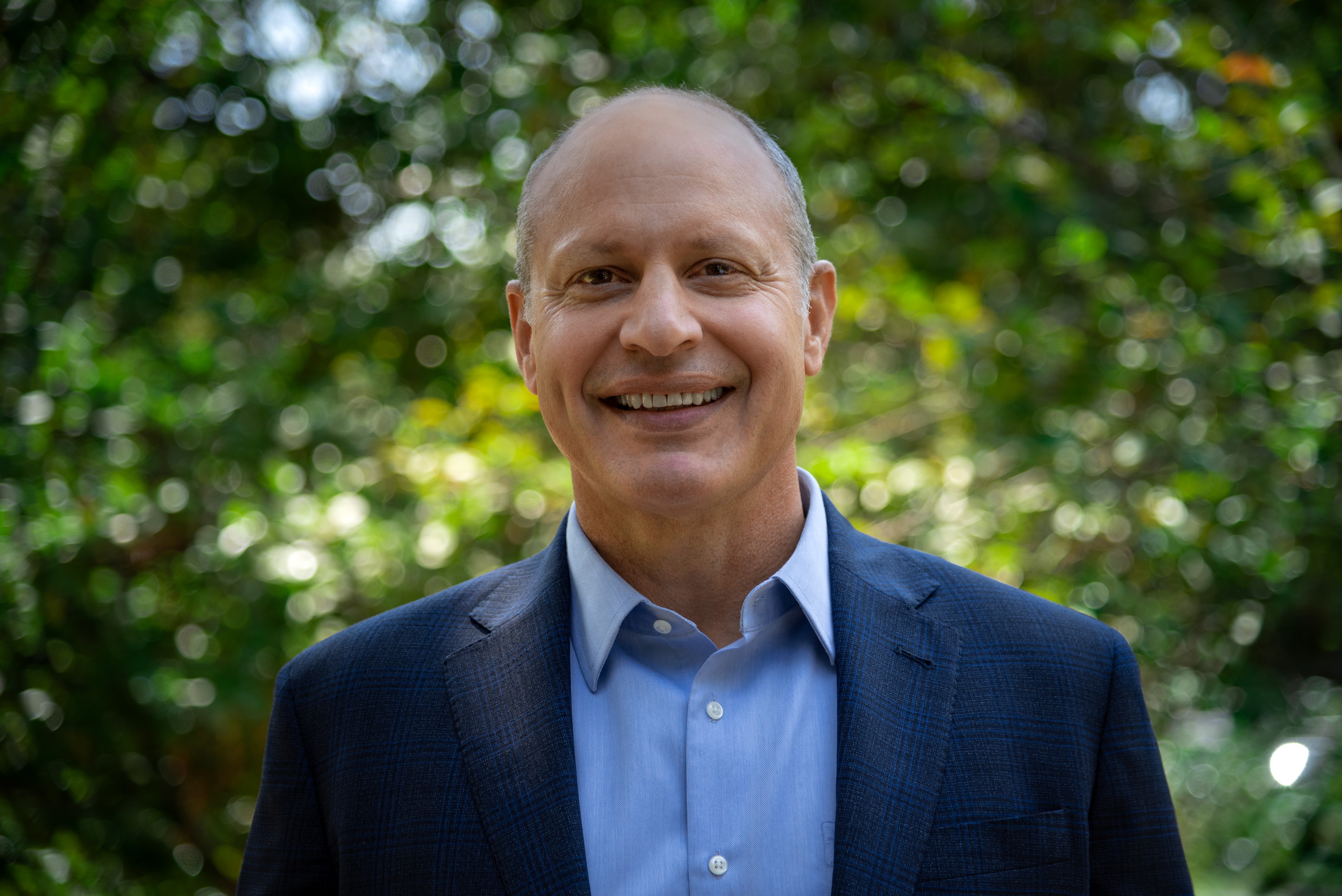 David Shabazian retired as the Director of the Department of Conservation in September 2024. From working the soil with his hands to leading policies for working lands, David is a lifelong champion for natural resource stewardship. His career is built on bringing diverse stakeholders together with innovative methods to protect both the ecological and economic value of our natural and working lands. David is continuing his successful approach to land conservation and management by building connections across the Department’s programs to deliver more integrated outcomes for carbon management, watershed management, hazards management, and sustainable economic development.
David Shabazian retired as the Director of the Department of Conservation in September 2024. From working the soil with his hands to leading policies for working lands, David is a lifelong champion for natural resource stewardship. His career is built on bringing diverse stakeholders together with innovative methods to protect both the ecological and economic value of our natural and working lands. David is continuing his successful approach to land conservation and management by building connections across the Department’s programs to deliver more integrated outcomes for carbon management, watershed management, hazards management, and sustainable economic development.
David grew up on a family farm in California’s Central Valley that grew hay and grain for local dairies. The family also sold fruit and vegetables through its own farm stand, which helped pay for David’s bachelor’s degree in Agricultural Economics from UC Davis. After graduating in 1989, David started his career in land use as a planner for the City of Davis. He then worked internationally, seeing a range of land use challenges and solutions. He returned to UC Davis in 1996 to earn a master’s degree in Transportation Technology and Policy with an emphasis on integrating land use and transportation planning. As part of his graduate work, David built a GIS-based urban growth model that was later used by the UC Davis Information Center for the Environment to modernize regional land use studies across California.
In 2000, David joined the Sacramento Area Council of Governments (SACOG) as key staff for the pivotal “Blueprint: Transportation/Land Use Study.” The Blueprint demonstrated how urban densification, mixed use, and land conservation policies could reduce vehicle use, support alternatives to automobiles, reduce the cost of infrastructure and services, and protect natural resources. The Blueprint became guidance for then-Senator Steinberg’s landmark bill, SB 375, which requires regions to better link land use and transportation planning to reduce vehicle travel and emissions.
In 2007, David led SACOG’s next major initiative, the Rural-Urban Connections Strategy (RUCS). This unprecedented program strengthened rural economic viability and environmental sustainability by enhancing agriculture, food value chains, and ecosystem services. David spearheaded the development of data-driven tools and incorporated robust stakeholder engagement to help shift mindsets about rural landscapes to more fully appreciate both environmental and economic value and opportunities.
Coupled with SACOG’s urban land use efforts, RUCS enabled a more holistic and balanced approach to regional planning. David expanded these principles as SACOG’s lead on forestry, flood, and water resource issues. Harvard University’s Ash Center recognized his contributions as a “Top 25” program in the 2015 Innovations in American Government Awards competition. That same year, he was also selected as the Regional Environmental Leader by Valley Vision, a civic engagement organization in the Sacramento region.
David is a member of the Sacramento Food Bank and Family Services board of directors. He served on the board of the Center for Land-Based Learning for eight years, three as chair. David is a former member of the Sacramento Metro Chamber Food and Agriculture Committee and the Sacramento Farm-to-Fork Steering Committee. He contributed in numerous state planning efforts including the Delta Vision Stakeholders Coordination Group and the California Healthy Food Financing Initiative Advisory Group. David is an alumnus of the California Agricultural Leadership Foundation.
